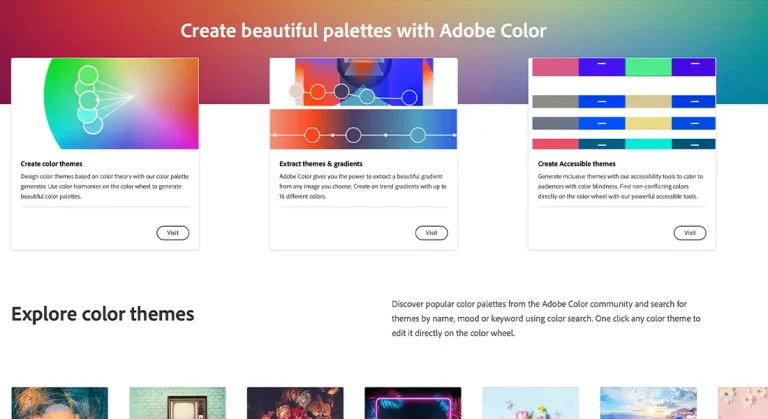
Hi Guys!
Today, we’re diving into a game-changer in the world of high-quality photography: focus stacking. But wait, what’s focus stacking, you ask? Imagine capturing a scene with every tiny detail in razor-sharp focus, from the foreground right through to the distant background. That’s focus stacking for you!
It’s a technique where you take multiple photos at different focus distances and then blend them together to create one image with an incredibly deep depth of field. This technique is a must-know in the arsenal of any serious photographer, especially when precision and detail are non-negotiable – think macro, landscape, and product photography.
Now, here’s where focus stacking software steps into the spotlight. This nifty software is the magic wand that seamlessly combines those multiple shots into a single, depth-rich image. It’s like having a digital assistant that ensures every layer of your photograph is in perfect focus. With the right focus stacking software, you’re not just taking photos; you’re crafting masterpieces with unparalleled clarity.
So, let’s get up close and personal with some of the best focus stacking software out there and discover how they can transform your photography experience.
Table of content
Understanding Focus Stacking and Its Significance
Focus stacking is a technique that has revolutionized the world of professional photography. It involves taking multiple photos at different focus distances and blending them to create a single image where every detail is in sharp focus.
This method is particularly crucial in situations where achieving a deep depth of field is challenging, like in macro or landscape photography.
Imagine you’re photographing a stunning landscape. You want both the flowers at your feet and the mountains in the distance to be crystal clear. Focus stacking makes this possible, ensuring every element from front to back is in perfect focus.
This technique isn’t just about technical precision; it’s about bringing your artistic vision to life with unparalleled clarity.
Choosing the Right Focus Stacking Software
The key to successful focus stacking lies in the software you use. There are several options out there, each with its unique features and capabilities.
We’ll explore five popular choices: Adobe Photoshop, Helicon Focus, ON1 Photo RAW, Zerene Stacker, and Picolay. Let’s dive in and see how each one can enhance your focus stacking experience.
Adobe Photoshop
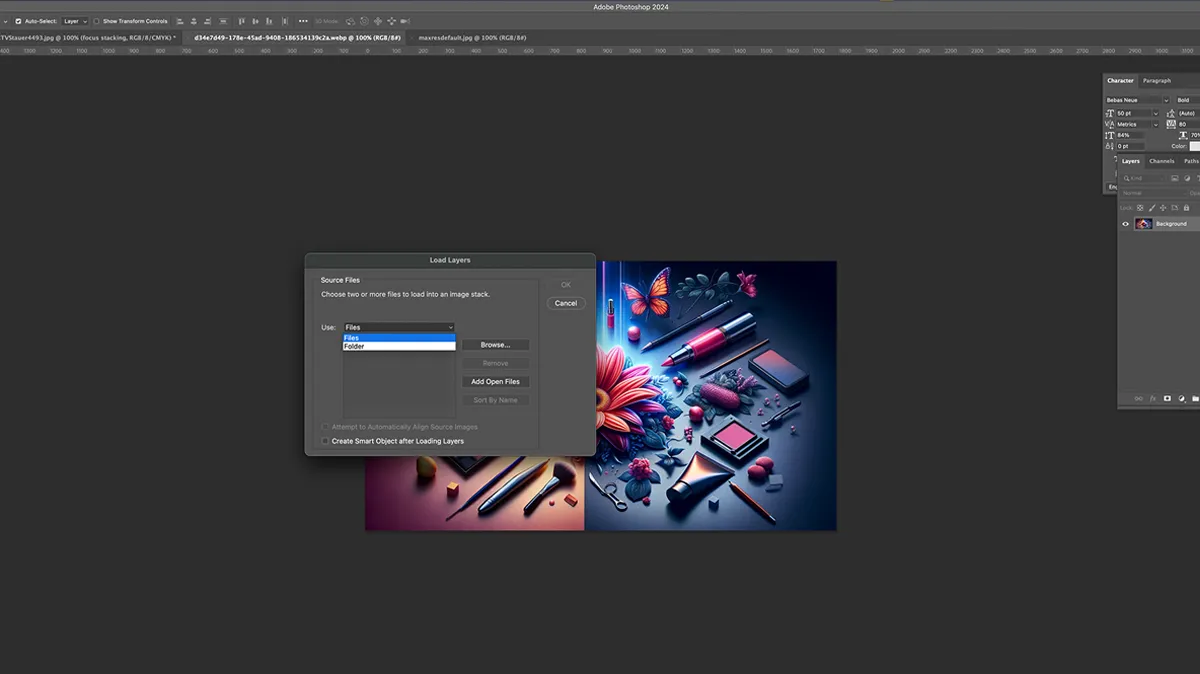
Adobe Photoshop is a household name in the world of photography, and for a good reason. It’s a versatile tool that offers robust focus stacking capabilities.
- Pros: Exceptional control over the final image, integration with other Adobe products.
- Cons: Steep learning curve, relatively expensive subscription model.
- Cost: Varies based on subscription plan.
- Professional Insight: As a pro photographer, Photoshop has been my go-to for complex editing tasks, including focus stacking. Its precision and integration with other Adobe products make it an invaluable tool in my workflow.
Helicon Focus
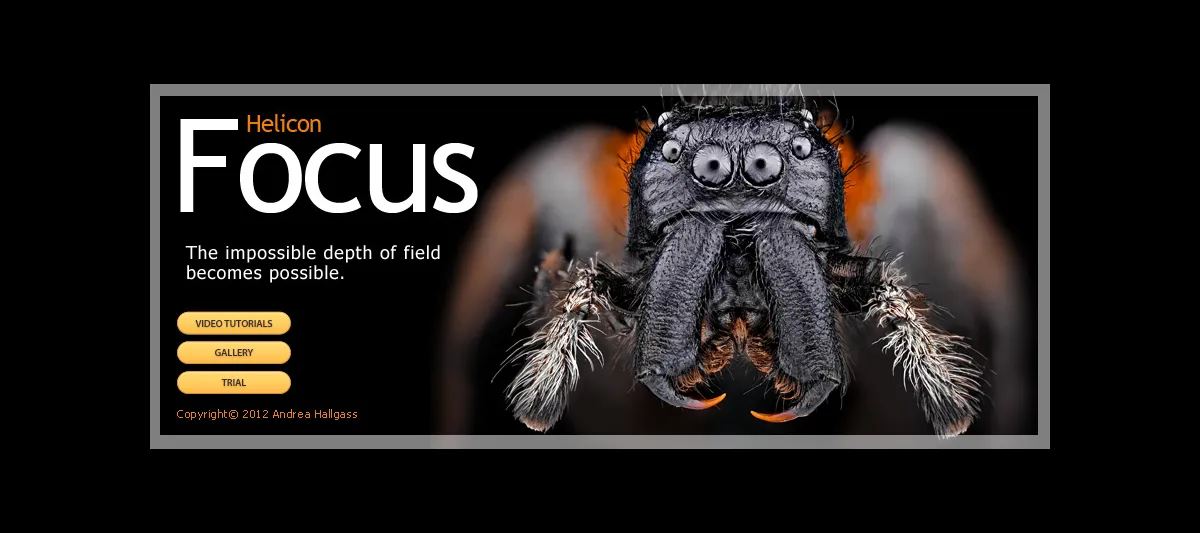
Helicon Focus is specifically designed for focus stacking, making it a favorite among professionals and enthusiasts alike.
- Pros: User-friendly, dedicated focus stacking features.
- Cons: Limited functionality beyond focus stacking.
- Pricing: Available in different pricing tiers, offering flexibility.
- Real-World Application: I’ve used Helicon Focus for intricate macro shots, and its ease of use and dedicated features have consistently delivered stunning results.
ON1 Photo RAW

Zerene Stacker is another specialized tool that excels in delivering high-quality focus-stacked images.
- Pros: High-quality results, suitable for both amateurs and professionals.
- Cons: Interface might feel outdated to some users.
- Pricing Details: Offers a one-time purchase option.
- Professional Use Case: I’ve found Zerene Stacker particularly useful for botanical photography, where its precision in handling intricate details shines.
Picolay

Picolay is a lesser-known but effective option for focus stacking, especially for those on a budget.
- Benefits: Free to use, decent results for simple projects.
- Drawbacks: Not as robust as other paid options.
- Cost: Free.
- User Experience: For smaller projects or when I’m experimenting, Picolay has been a handy, cost-effective tool.
The Emerging Trend of In-Camera Stacking
In-camera stacking is a growing trend, especially among camera manufacturers looking to simplify the focus stacking process. Unlike software-based stacking, in-camera stacking combines the images inside the camera, offering convenience but sometimes at the cost of less control over the final outcome.
It’s an exciting development but doesn’t yet fully replace the precision and flexibility offered by dedicated focus stacking software..
Panasonic's Foray into Focus Stacking
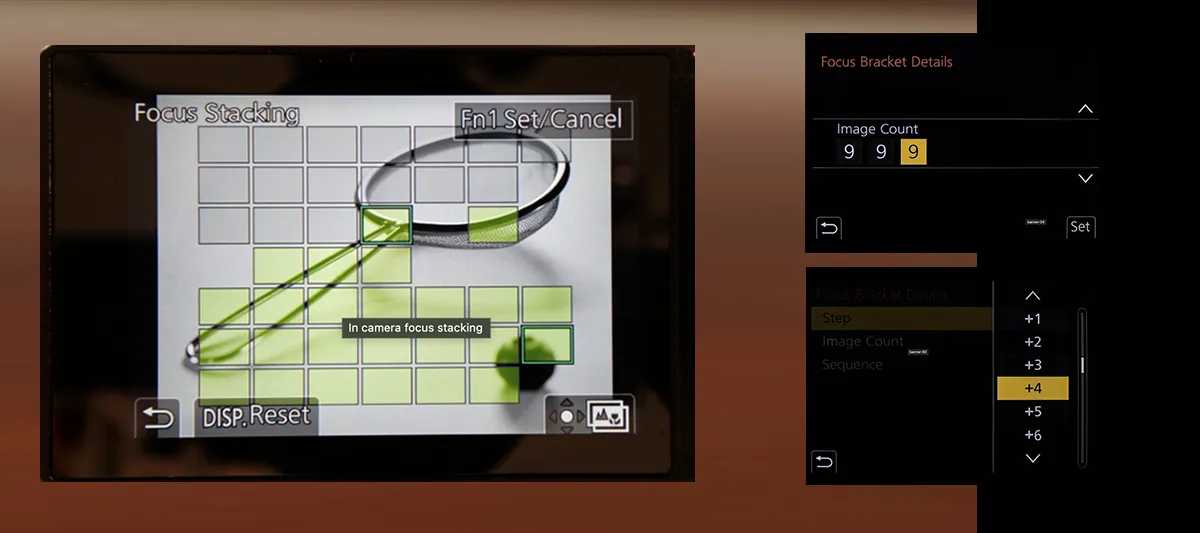
Innovative Integration
- Panasonic was among the first to integrate built-in focus stacking into its cameras. This feature, an extension of its 4K Photo and Post Focus modes, functions by recording a short 4K video.
- Process Mechanics: During the video, the camera shifts focus from the nearest to the farthest point in the frame. It then merges the sharply focused areas from these frames to create an image with an extensive depth of field.
Olympus’s Approach to Focus Stacking
Firmware Advancements
- Olympus introduced focus stacking in the OM-D E-M1 via firmware update and extended it to subsequent models.
- Operational Dynamics: By enabling Bracketing and Focus Bracketing modes, users can select the focus differential to control the focus shift in each frame.
- Lens Compatibility: It’s important to note that not all lenses support Olympus’s focus stacking, with many PRO lenses compatible, while others may only support bracketing.
Focus Bracketing vs. Focus Stacking: Clarifying the Confusion
Understanding the Processes
- Focus Bracketing: Similar to exposure bracketing, this involves shooting sequences at varying focus distances.
- Focus Stacking: The process of blending these bracketed images into a single photo with a wide depth of field.
Exploring Cameras with Built-in Focus Stacking
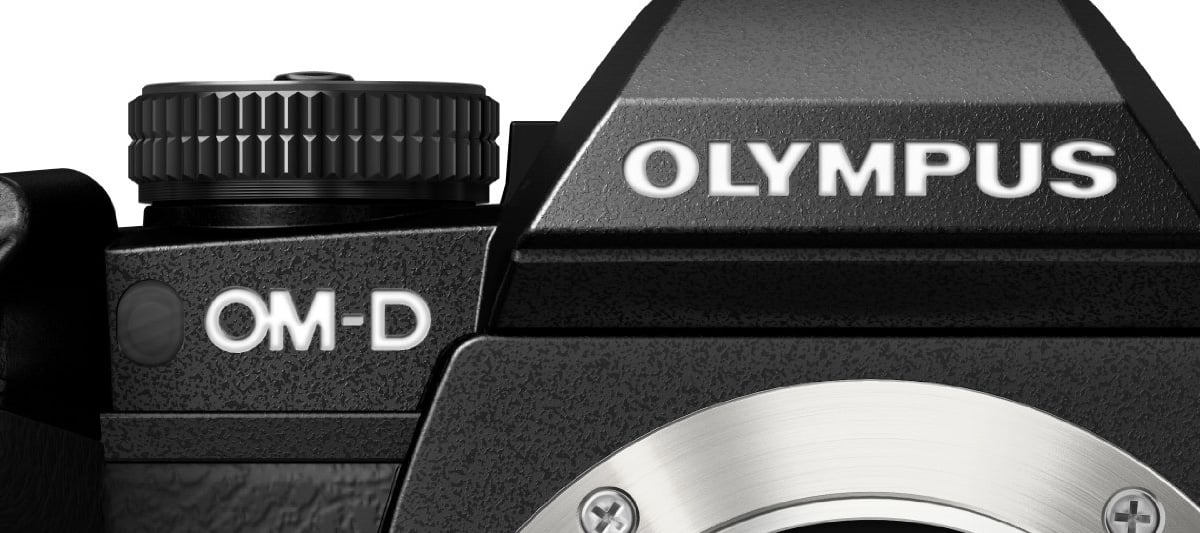
Leading Models
- Olympus OM-D E-M1 Mark II: Features improved autofocusing, High Res Shot mode, 4K video capabilities, and an enhanced Image Stabilizer system.
- Panasonic G90/G95: Offers weather-sealed body, OLED viewfinder, 4K Photo and Video modes, and Post Focus and Focus Stacking capabilities.
- Fujifilm X-Pro3: Showcases an automated focus bracketing system, anticipating future integration in other Fuji models.
Special Features in Focus Stacking Cameras
- Olympus Models: Offer focus bracketing up to 999 shots, with focus point shifts controllable up to 10 levels. Images can be merged using supplied software or third-party packages.
- Panasonic Models: Include features like 5-axis Dual IS II system, 4K Photo, and 6K Photo modes, and Post Focus and Focus Stacking in the G9 model.
- Fujifilm X-Pro3: Automates the first step of focus stacking, calculating the required shift in focus and the number of images needed for the desired depth of field.
Conclusion
Focus stacking is a powerful technique that, when paired with the right software, can significantly elevate the quality of your photography. From Adobe Photoshop’s all-around capabilities to the specialized functions of Helicon Focus and Zerene Stacker, each software offers unique benefits.
Whether you’re a professional photographer or an enthusiastic amateur, exploring these options can open up new possibilities in your photographic journey. Don’t hesitate to dive in and experiment to find the perfect fit for your focus stacking needs.
FAQs
Focus stacking in photography is a post-processing method that blends images taken at different focus distances to achieve sharp focus throughout the scene. This technique is crucial for scenes where achieving a deep depth of field is challenging, such as in macro or landscape photography
Focus bracketing involves taking multiple photos with different focus points, which can be done manually or automatically in some cameras. Focus stacking, on the other hand, is a post-processing technique where these images are blended with special software to create a single image with a sharp foreground and background
Focus stacking is a post-processing technique requiring multiple source images with various focal planes, which are then blended. Tilt-shift, however, involves using a specific type of lens or camera movements to adjust the focus plane and capture a fully sharp scene in a single shot
A focus-stacked photograph will maintain the same resolution as the individual images used for blending. However, the detail in the image will be significantly enhanced, resulting in better image quality
if you’re looking to increase your online conversion but still feel you are not sure where to start – check out these resources below:






